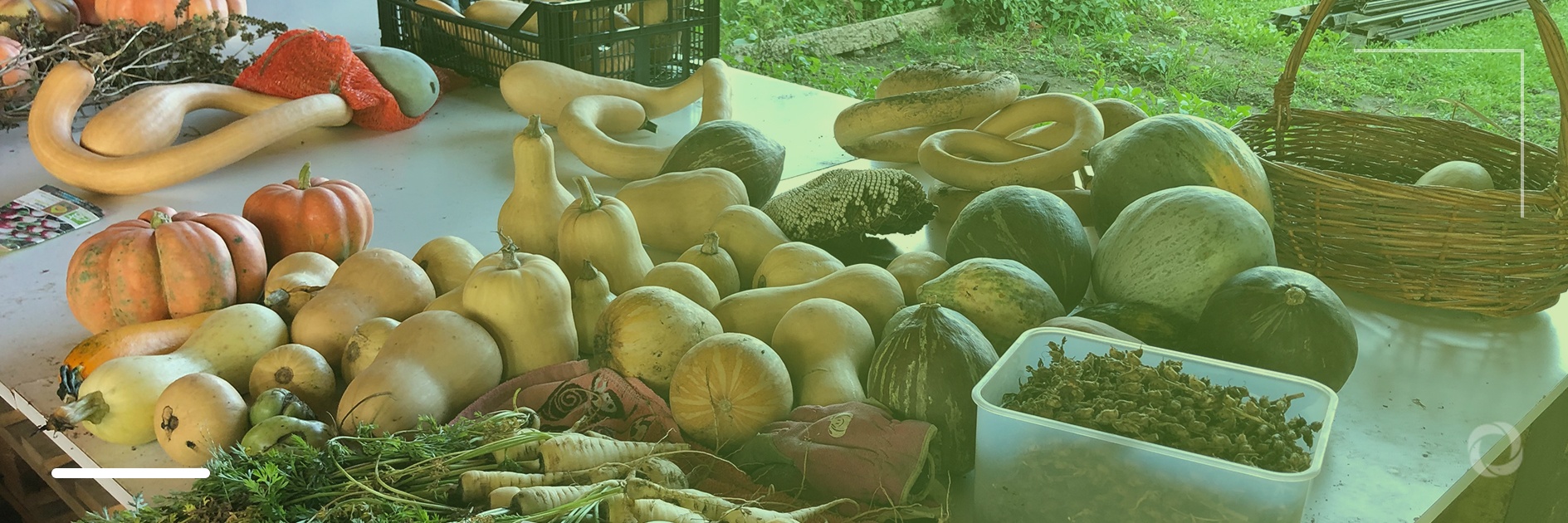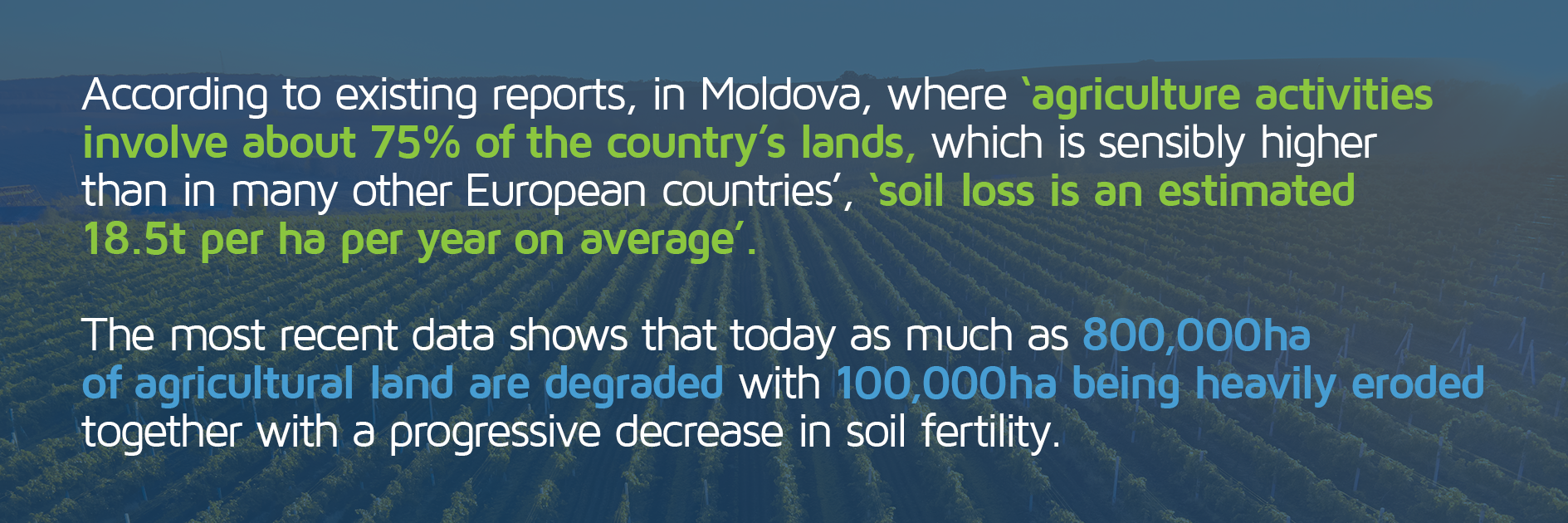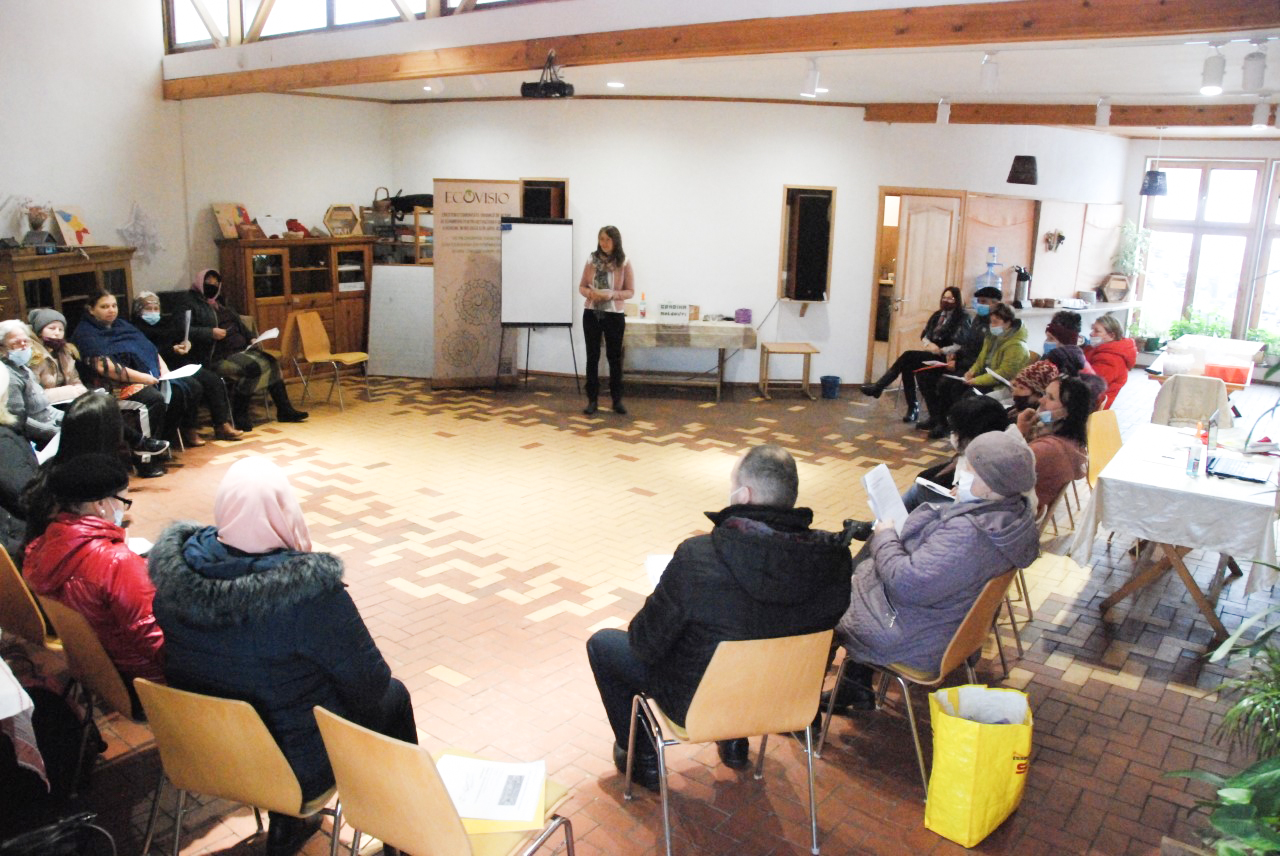26 May 2021

By Ana Benoliel Coutinho
Agroecology has gained momentum in recent years, being viewed as a route to sustainable agriculture that improves soil and biodiversity while providing healthier food with the help of more environmentally sound and socially responsible practices. To assess its performance, the UN Food and Agriculture Organization (FAO) together with 70 agroecology-related organizations from all over the world have worked on and are piloting a Tool for Agroecology Performance Evaluation (TAPE). So far, TAPE is being tested in Italy, Kyrgyzstan, Georgia, Poland, Turkey, Moldova, and Hungary.
In Moldova, the tool has been piloted by the association Gradina Moldovei (Garden of Moldova) with the assistance of Schola Campesina – one of the key partners of TAPE.
In an exclusive interview with DevelopmentAid, Mariana Seremet, the founder of Gradina Moldovei, shared her insights into the TAPE process and the implications of agroecology transition that the latter helps to reveal.
Why agroecology in Moldova?
Agroecology is very important for us. We have reached the limit of the industrial agricultural system and in the majority of cases, our soil is depleted. Moldova continues to lose its soil which is in fact considered to be one of the most fertile types of soil in the world. This clearly points to the fact that our approach to agriculture needs to change and agroecology is the right tool for that.

For how long has TAPE been piloted in Moldova?
We had our first personal discussion with Andrea Ferrante from Schola Campesina (whom I had met at a project on agroecology) at the end of September 2020. On that occasion, he explained the idea of TAPE and suggested its implementation in Moldova. The signing of the agreement was followed by several online meetings and training about the procedure to follow for TAPE. From the very beginning, we agreed with Schola Campesina that TAPE would be implemented in EcoVillage. Preparatory work took some time and the EcoVillage team launched the pilot project at the end of February, the perfect time as this is the quietest working period for producers so they were more available to partake in such activities.
How useful is TAPE given the state of agroecology in Moldova?
Apart from its direct task of assessing the performance of agroecology, TAPE is about helping farmers and being useful to them by providing valuable information which is able to contribute to their development.
In addition, we saw that TAPE also helps to differentiate between biological agriculture and agroecology. The first one is a label while agroecology is not. However, in the Romanian language, the first one sounds like ‘ecologic agriculture’ that somehow became fused and is now used with agroecology interchangeably in the field and in the media. As a tool, TAPE helps to sort out this confusion as it clearly shows the practical implications of agroecological principles. In fact, the assessment in Moldova showed that many producers are still struggling to understand these differences. For many, agroecology is limited to replacing synthetic agrochemicals with biological alternatives, no-till, or maybe the use of green manure. However, agroecology is much more than just eco or bio-agriculture.
This confusion clearly shows people do not really know what this concept is although some have heard of permaculture (which relies on similar principles) so we are talking about a very early stage of agroecology development in the country.
What does TAPE evaluation imply? How is this tool used to assess the performance of agroecology?
The TAPE evaluation includes several steps (Step 0 – Step 1 – Step 2 – Step 3). It is based on 10 elements of agroecology (as defined by FAO) and encompasses a description of agricultural systems and geographical context, the characterization of agroecological transitions (CAET), and the criteria of performance with concrete measures of progress such as, for example, productivity, income, and dietary diversity. The whole process is based on self-assessment and surveys conducted with individual farms and the community as a whole.
So far, we have conducted step 0 and step 1. Before going for step 3, we will coordinate the results of the previous steps with our partners from FAO and Schola Campesina. We are planning to meet with EcoVillage community members in May and discuss the results of the first steps and decide on what we do next.
If we decide to go for it, during Step 3 we will discuss with the community if the tool is adequate and helpful in terms of the usefulness of the results, as well as design ways in which it can help community members to monitor progress.
Why did you decide to conduct the TAPE evaluation in EcoVillage?
Well, TAPE also assesses the community and EcoVillage is perhaps the most solid example of its kind in Moldova – representing a formed and strong community, we thought that it would best fit the purpose. In terms of agricultural practices, it is mainly composed of small producers with many in the process of transition to biological certified agriculture which makes them more receptive to deeper transformation.
Gradina Moldovei took the lead in agroecology training in EcoVillage some time ago. EcoVillage is an association seeking to create a sustainable rural community serving as a demo for the development of sustainable lifestyles. Gradina Moldovei took part in its development by teaching the participants the basis of agroecology but its use and application is a deliberate choice however. Also, agroecology is a process, a kind of a path with different stages and TAPE can help everyone to understand at which stage he/she is at that moment. We have 21 members of the community who agreed to take part in the assessment.
 Eco-village meeting. During this meeting members of Eco-village community did the questionnaires and had open discussions with Mariana.
Eco-village meeting. During this meeting members of Eco-village community did the questionnaires and had open discussions with Mariana.
Could you please detail how you measured TAPE socio-economic and environmental performance in EcoVillage?
TAPE evaluation has a stepwise approach as I have already said. In Ecovillage, we completed only Step 0 for the global context and Step 1 focused on private farms with the help of questionnaires and open discussions with members of the community. The questionnaires, which were provided by Schola Campesina, were used to get the idea of agroecological performance for several criteria according to the individual and collective score. All criteria are important in the tool, as they assess different aspects of the agricultural system that agroecology helps to develop.
However, more than the formal score, the open conversation with participants proved to be enriching and helped to put the score in context. What I mean is that the tool was created to help producers to observe progress, but also to identify needs and difficulties. For instance, for almost all participants it was important to produce without agrochemicals no matter what you call it. This is one of the key environmental benefits of agroecology. Economy-wise, members of the community see this as an opportunity as there is demand for products that are more environment friendly, and which offer the possibility of making a living from agroecology. In terms of social values, perhaps one of the most important ones is that it allowed families to stay in their community instead of moving to the city or abroad.
Diversity, being the first element in the TAPE framework, includes diversity of economic activities, products, and services. As an agroecology practitioner yourself, can you please explain how this works for producers?
Diversity is indeed one of the key principles. Among other things, it creates nutritional diversity because of the variety of foods that agroecology allows producers to grow. When they grow only one crop, they need to buy everything else in order to get all the necessary nutrients.
Secondly, diversity in the agricultural system makes it healthier because it mimics nature which is very complex and diversified. In agriculture, it allows pest control thus eliminating the need for chemicals.
Diversity helps to create more economic resilience for producers especially now with the ongoing climate changes. If let’s say, there is a severe drought event which affects crops and out of 15 products, two crops fail to grow, this is fine because there are still 13 that producers can offer to the market. Another example, if, for instance, five products from 15 are not in demand on the market, this is fine too because the other 10 would still be sold. This is what practice has showed so far. On the one hand, agroecology creates economic sustainability for producers through flexibility and room for manoeuvre. On the other, it creates more food security in the case of any extreme weather event or jump in food prices.
In EcoVillage, producers scored quite high on the diversity of animals and crops even though their intrinsic motivation was intuitive rather than economic. To be precise, the overall score for the element of “Diversity” reached almost 70 points out of 100.
How did EcoVillage perform in general?
There were two indicators that showed very low scores for all, first of all in terms of use of resources to promote a circular economy. If saving water was still necessary in some farms, such an indicator as the production of renewable energy is expensive and no one has the ability either to invest in it or even to think of how it would be paid off in the future. Recycling was also very low. These scored 30 and 40 respectively out of 100 points.
Also, for indicators such as governance, the results clearly reflect the fact that there is a lack of community representation in local decision-making. Luckily, with the help of EcoVillage partners, a system that connects farmers and small food businesses with consumers by coordinating weekly eco-delivery was created. I mean the producers joined efforts and secured access to neighboring markets through a platform allowing consumers to order produce directly. This didn’t exist before.
Why such a low score on these indicators?
First of all, there is lack of finance for infrastructure for better water management and renewable energies but there is also a lack of knowledge.
Also, a lack of inputs – poultry or seeds or seedlings – all are bought (off-farm). There is still a low level of self-sufficiency and autonomy – something to work on.
A platform that unites all producers is something crucial for transition. It allows them to share the costs of facilitating access to markets and logistics. The best agroecology producer can do nothing alone. For this reason, creating space and conditions to strengthen the community are vital anywhere. Strong communities are also important for political reasons.
As I mentioned before, farmers will be given the opportunity to speak out for themselves when political decisions are made, especially at regional and local levels. They need to be more present and included in the local administrative processes. This is more likely to happen when producers form a strong community and can clearly identify their common needs.
In your opinion, how can the government and other actors support producers in their transition to agroecology?
There are several ways the government and other entities could help, first of all by facilitating access to the machinery and tools necessary for transition. This is a new kind of technology when it comes to agroecology which is not very common in countries like Moldova. For transitional producers, it would be nice to have facilities to access the market, especially when we talk of small producers. Although their capacity is much more limited, they now operate in similar conditions as big producers
There is also no certification for agroecology. Therefore, there is a need for public institutions to recognize it, as well as foster knowledge and awareness about it. This way, consumers will know that what they buy is local, fresh, seasonal, and is produced in an environmentally and socially responsible way.
In this context, acknowledging and supporting TAPE would be something the government could do not just for the agricultural sector as a whole, but mainly and firstly for its producers. TAPE, in particular during the second step, requires making very detailed economic assessment of farms’ inputs, costs, productivity, and profits. It gives a clear idea of how sustainable the farm business is. TAPE also helps to observe how efficient a producer is based on all these criteria thus raising awareness about the strengths and weaknesses of their production system. It could be like an audit tool for farms’ businesses which, on one hand, monitors them and, on the other, helps to identify points to improve. On the political level, all this can be very useful as it can help guide political decisions and identify how legal frameworks could accelerate and help the transition to agroecology.
Thank you for the interview, Mariana.
Original Source DevelopmentAid, https://www.developmentaid.org/#!/news-stream/post/90246/fao-tape-in-moldova



